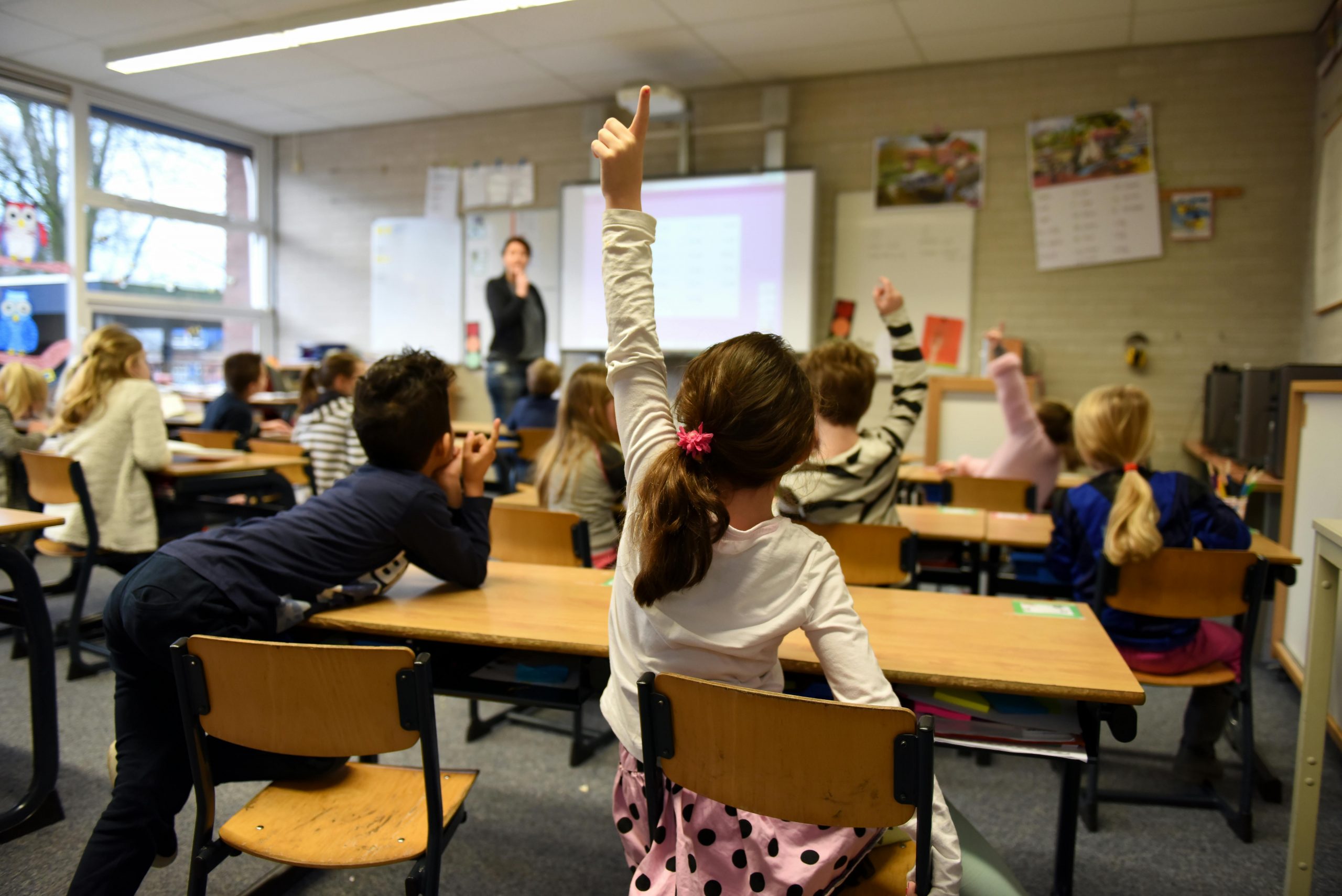As elementary teachers, we are experts in juggling pencils, dodging glitter explosions, and knowing a little about a lot of things. But when it comes to deep knowledge or niche skills, sometimes it’s better to phone a friend. Or, better yet, invite one into your classroom.
Involving experts is a powerful way to make learning more authentic, memorable, and downright cool. For me, an “expert” is anyone who has experience in the field—whether they’re a professional, a hobbyist, or someone with lived experience. Bonus points if they’re passionate and patient with kids.
Here’s how you can start bringing real-world experts into your classroom, no matter your subject area or budget:
Collaboration Partners
Experts don’t just have to come in for one-off presentations. They can be behind-the-scenes MVPs.
- Planning Support
- Cross-Subject Connectors
- Mentors for Projects

Some of the best expert partnerships happen before your unit even starts. Planning Support means asking an expert to review your lesson ideas, projects, or resources to make sure they reflect how things work in the real world. Cross-Subject Connectors are those magical unicorns who bridge multiple subjects—like a chef who talks about the chemistry of baking and the math of measurements, or a journalist who explains persuasive writing and current events. Mentors for Projects can come in during the middle or end of a unit to help students develop their ideas, coach them through revisions, or even judge final presentations. These collaborations not only boost authenticity—they add a layer of excitement and accountability that students (and teachers) love.
Guest Presenters
Bringing in a guest speaker doesn’t have to feel like planning a TED Talk. A little structure goes a long way in making sure it’s meaningful for students—and not just a free-for-all with bonus snacks.
- Connect to the Curriculum
- Structure the Session
- Let Students Lead the Q&A
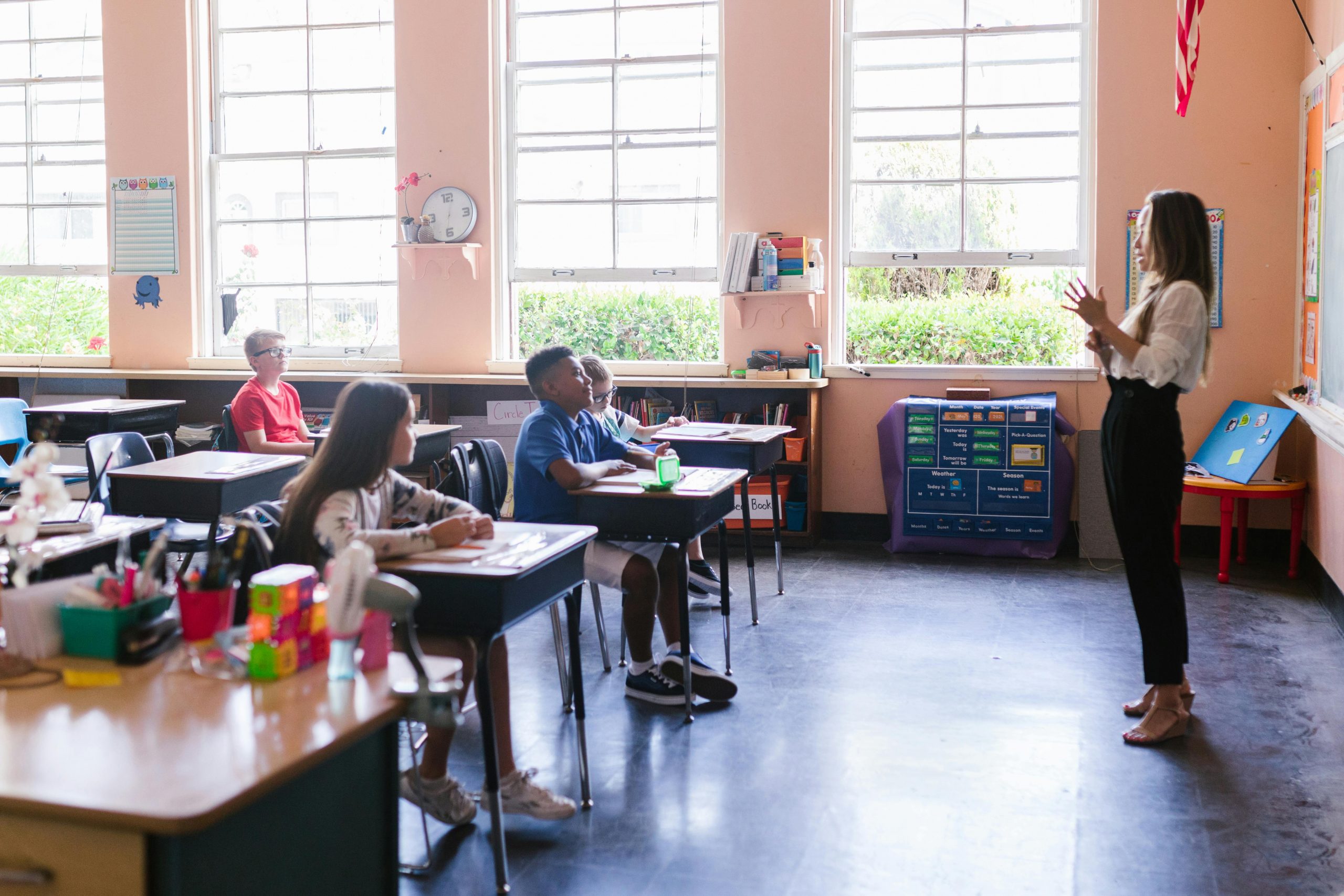
The magic happens when a guest speaker ties their real-world job to what students are actually learning. Connect to the Curriculum by giving the expert context on your unit—whether it’s geometry, persuasive writing, or community service—so they can link their expertise directly. Structure the Session with a short, engaging presentation (10–15 minutes is plenty!) followed by time for students to ask thoughtful questions. Let Students Lead the Q&A by preparing them ahead of time with question starters and a little research. This empowers kids, builds speaking and listening skills, and shows your guest that their time was well spent.
Co-Teachers and Workshop Leaders
Not every expert is ready to lead a lesson solo—and that’s totally okay! That’s where co-teaching comes in. Pair up with an expert to plan and deliver a workshop or mini-lesson tied to your unit. This gives students a chance to see real-world applications and keeps your expert from panicking at the sight of 25 wiggly kids. It works especially well for hands-on topics like coding, cooking, or visual arts. Follow up the session with a student-led project inspired by what they learned. The expert brings the knowledge, you bring the classroom magic—it’s a win-win.
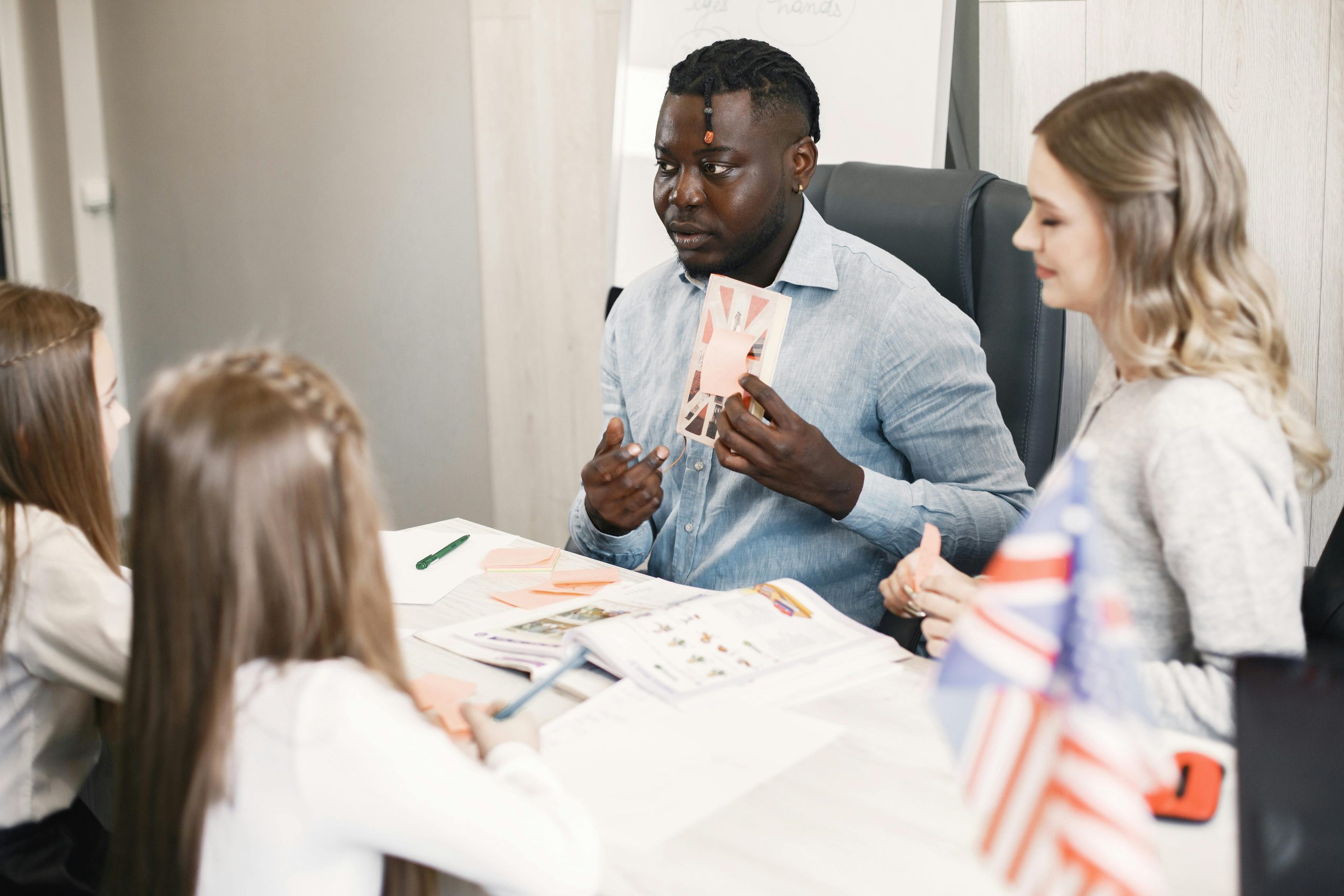
Panel Discussions
If you’re lucky enough to have multiple experts in one field—or different people who represent varied perspectives—consider a panel! This could be part of a career day, a debate-style event, or an extension of a unit like “community helpers” or “environmental challenges.” Keep it short and structured: quick intros, a few focused questions, and time for student Q&A. It’s a fun, interactive way to show students there’s more than one path in any profession or topic. Plus, panels let students hear different voices and experiences all in one sitting—like a podcast, but live!
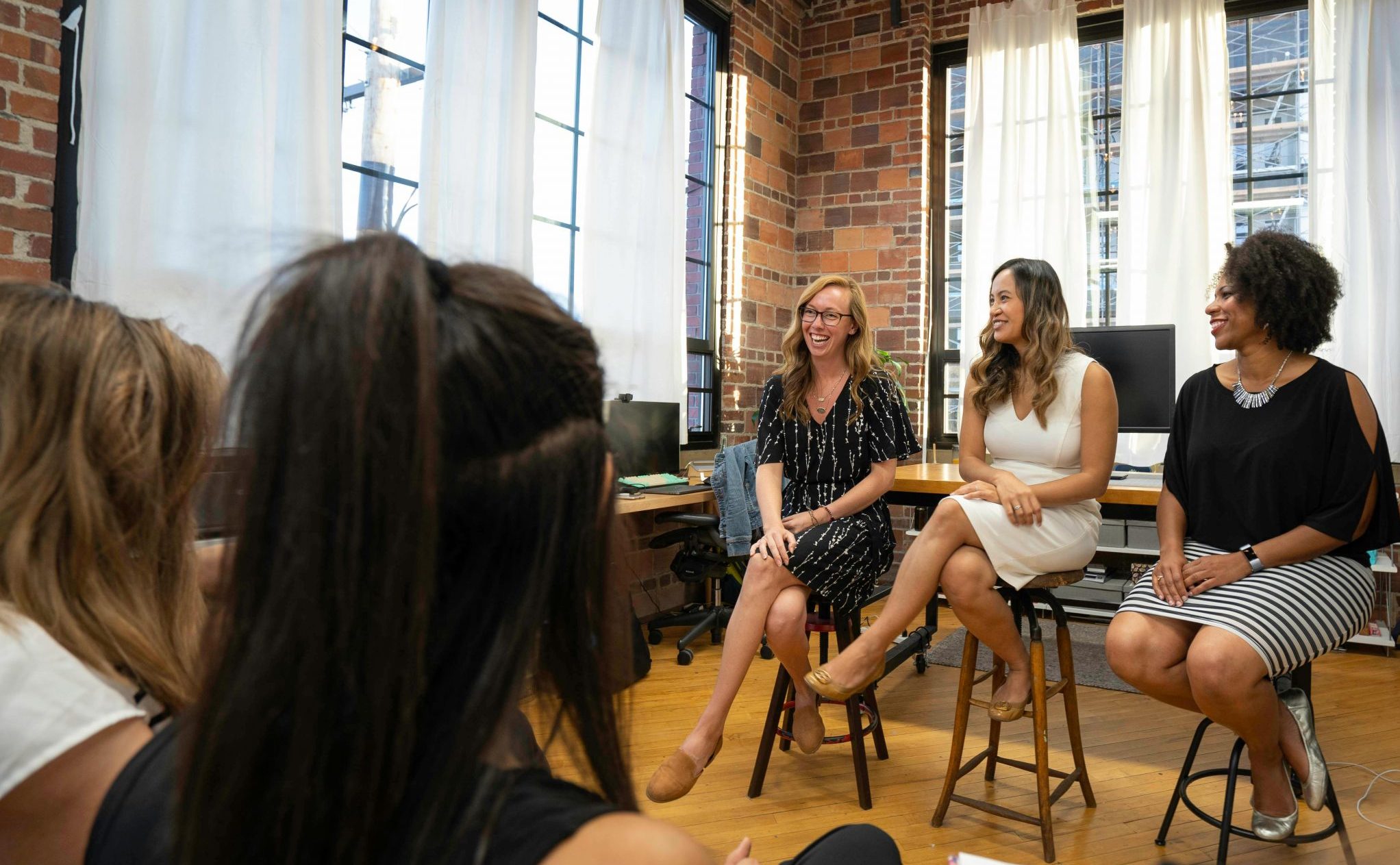
Student Interviews & Research
Want to give students a more active role? Have them interview the experts! Students can prepare questions and conduct interviews via video calls, email, or in-person visits. Then, turn it into a research project—students collect information about a profession, career path, or life experience, and present their findings to the class. This helps students practice communication and inquiry skills while gaining deeper insight into real-world applications of what they’re learning. Bonus: experts are often more responsive when they know a student is genuinely curious about their work!
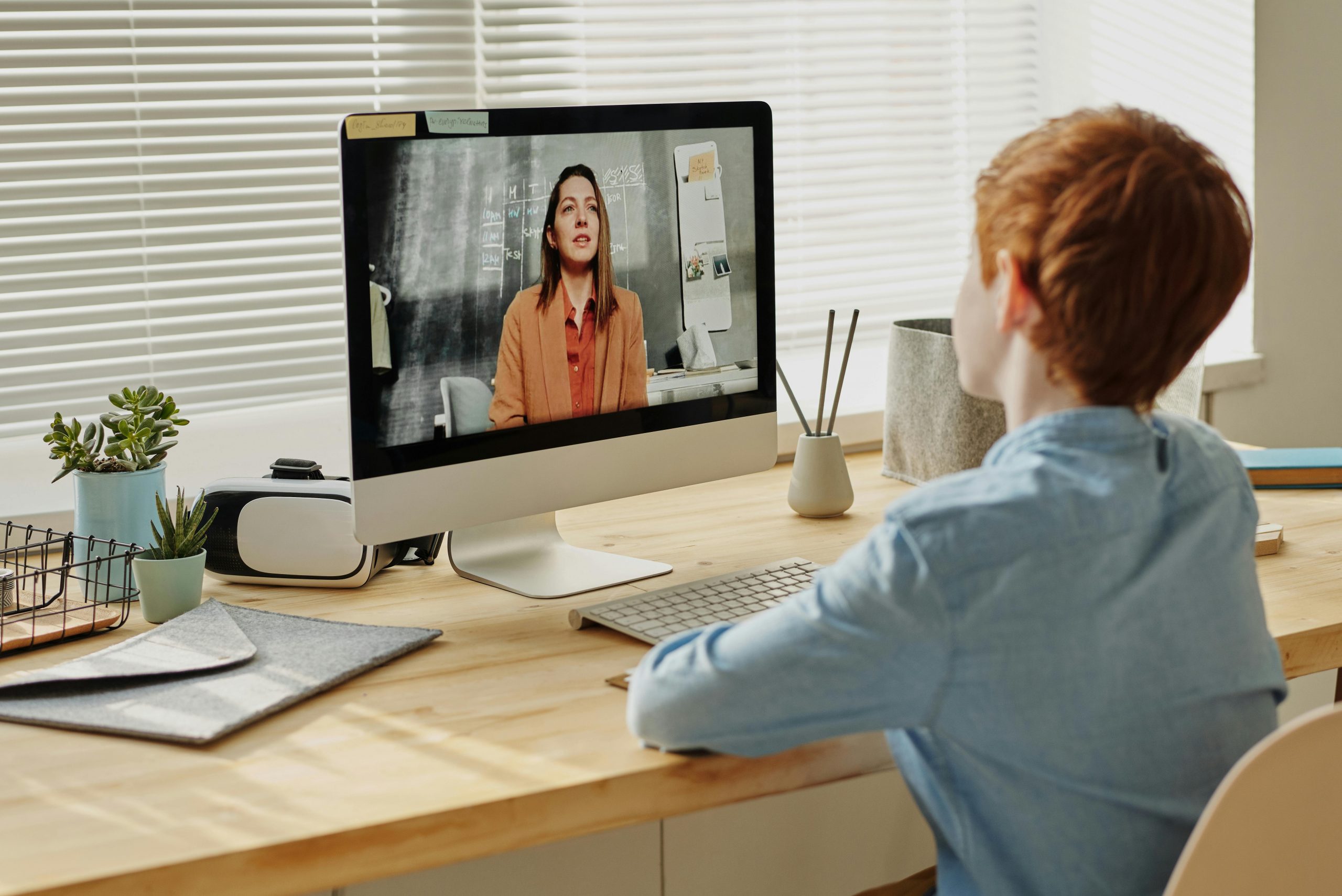
Taking on a Role (GRASPS-style!)
Want to take it a step further? Give your students the role of the expert. Using the GRASPS model (Goal, Role, Audience, Situation, Product, Standards), you can create performance tasks that challenge students to step into a professional’s shoes—literally or figuratively. Maybe they’re an engineer solving a flooding problem or a museum curator designing an exhibit. Bonus points if the expert introduces the challenge or gives feedback at the end! This kind of role-based learning builds empathy, decision-making skills, and a sense of purpose.
Read more about the GRASPS model in my article Taking GRASPS of Real World Learning and download a copy of my free GRASPS planner.
Expert Feedback on Student Work
There’s nothing quite like hearing, “Whoa, an actual scientist read my lab report!” Invite experts to provide feedback on student writing, presentations, or projects. This could be an author reviewing short stories, a local businessperson evaluating ad campaigns, or a musician giving tips on a student-composed song. Keep it simple: short comments, one or two strengths, and one suggestion for improvement. The authenticity of expert feedback raises the stakes in a good way—students tend to bring their A-game when they know someone in the “real world” will be watching.
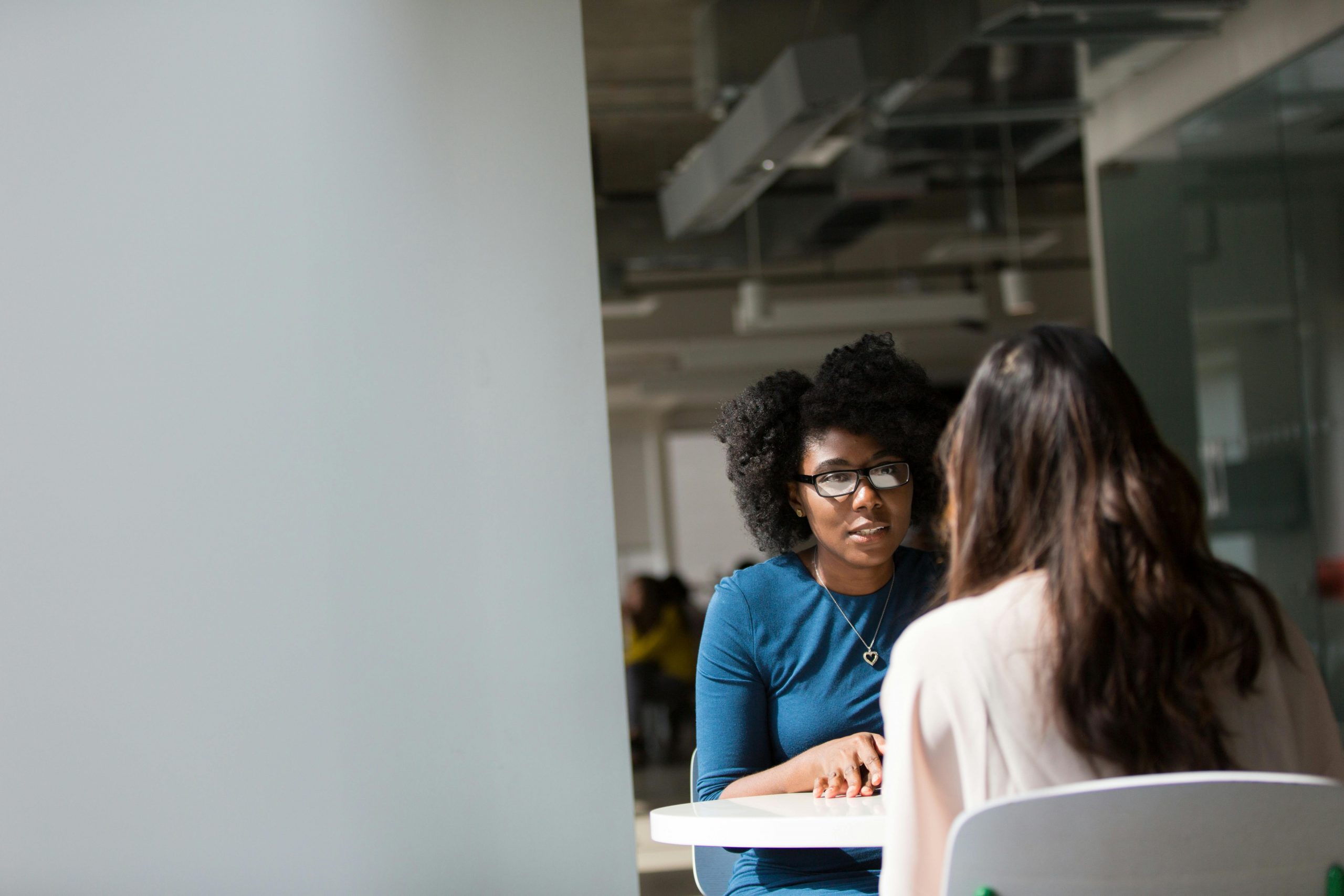
Where to Find These Amazing Experts
You don’t need a Rolodex of CEOs or a cousin at NASA (though if you have one, lucky you). Most of the time, the best experts are already in your orbit—you just have to look at them with “real world connection” glasses.
-
- Start With Your School
-
- Look Around Your Community
-
- Don’t Underestimate Your Families
Start With Your School: Your specialist colleagues—art, music, PE, tech—have rich knowledge that can elevate cross-curricular projects. If you work in a K–12 school, secondary teachers can also be incredible allies, especially for upper elementary projects. Look Around Your Community: Local businesses, libraries, museums, non-profits, and even coffee shop owners can all offer real-world insight. Reach out to places where you already have relationships—or where you’d like to build them. Don’t Underestimate Your Families: Parents and caregivers are a treasure trove of skills, professions, and life experiences. I’ve created a freebie toolkit to help you tap into this resource with a letter home, a short questionnaire, and a tracking sheet so you can match family expertise to your units all year long.
Your next best guest expert might be sitting at pickup, just waiting for someone to ask.
I’ve created a free downloadable toolkit to help you bring parents and families into the classroom as real-world experts.
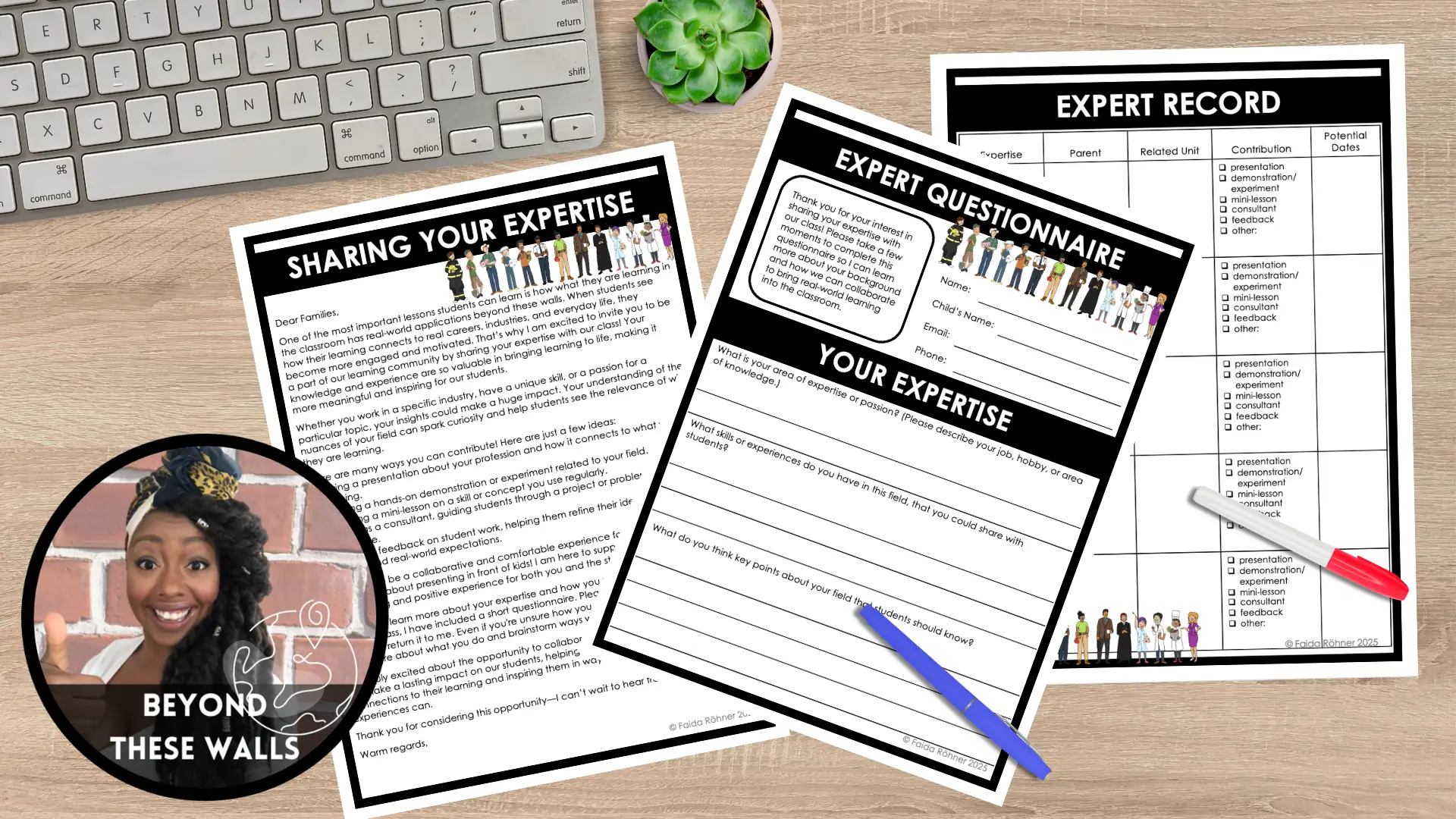
This resource includes:
-
- A letter to families explaining the idea
-
- A questionnaire about their areas of expertise
-
- A tracking sheet to match experts with units
-
- A draft follow-up email to invite families in
Download the freebie below.
Inviting the Experts
Bring the real world into your classroom with the help of families! This freebie makes it easy to invite family members to share their expertise through presenting, mentoring, or collaborating.
Final Thoughts: Real People Make Real Learning
When students see learning in action, it sticks. They remember the architect who showed them blueprints, the chef who talked about chemical reactions in dough, and the journalist who explained the power of words. Involving experts brings your curriculum to life—and reminds kids (and us!) that what we teach actually matters out there in the wild, wonderful world.

